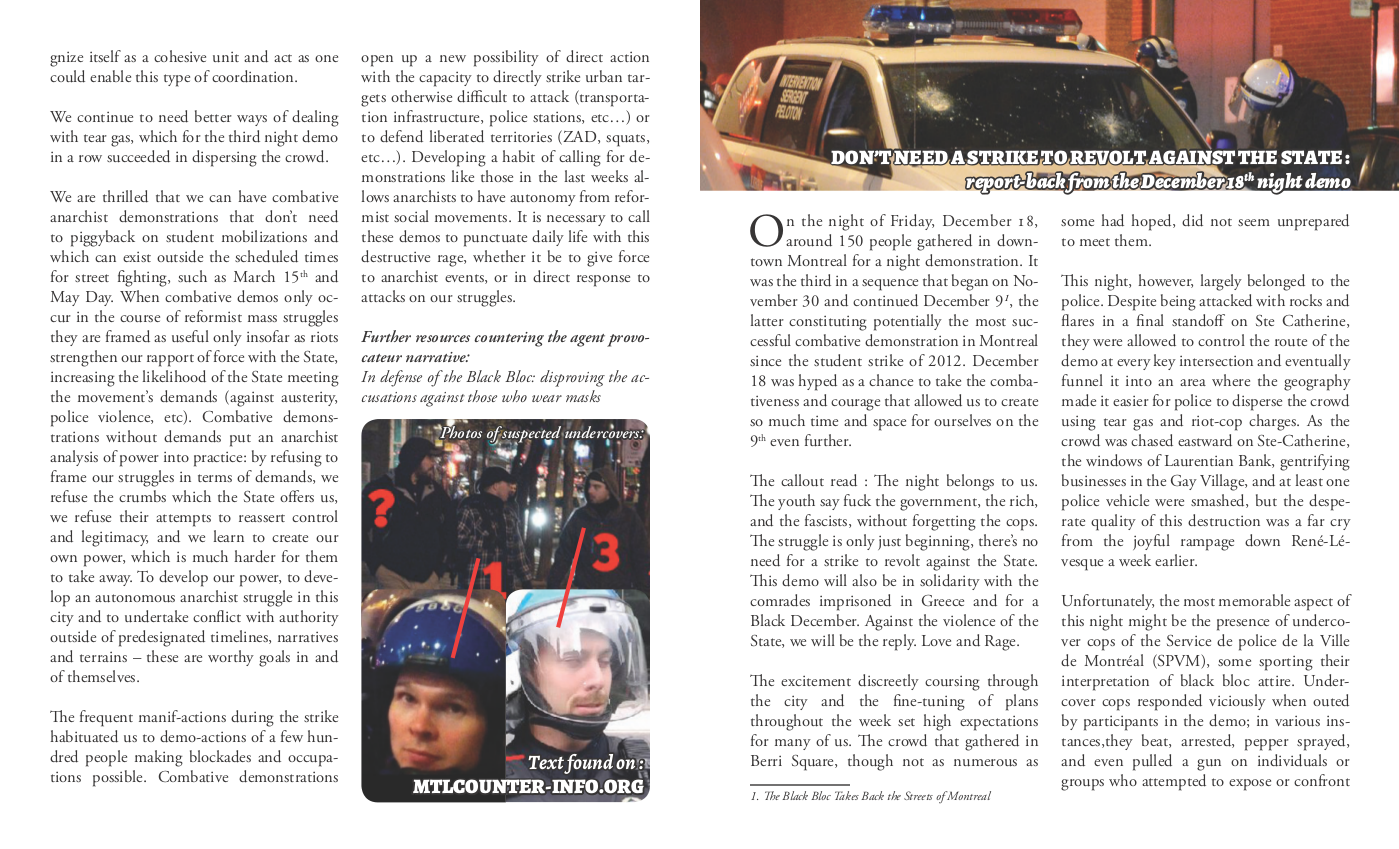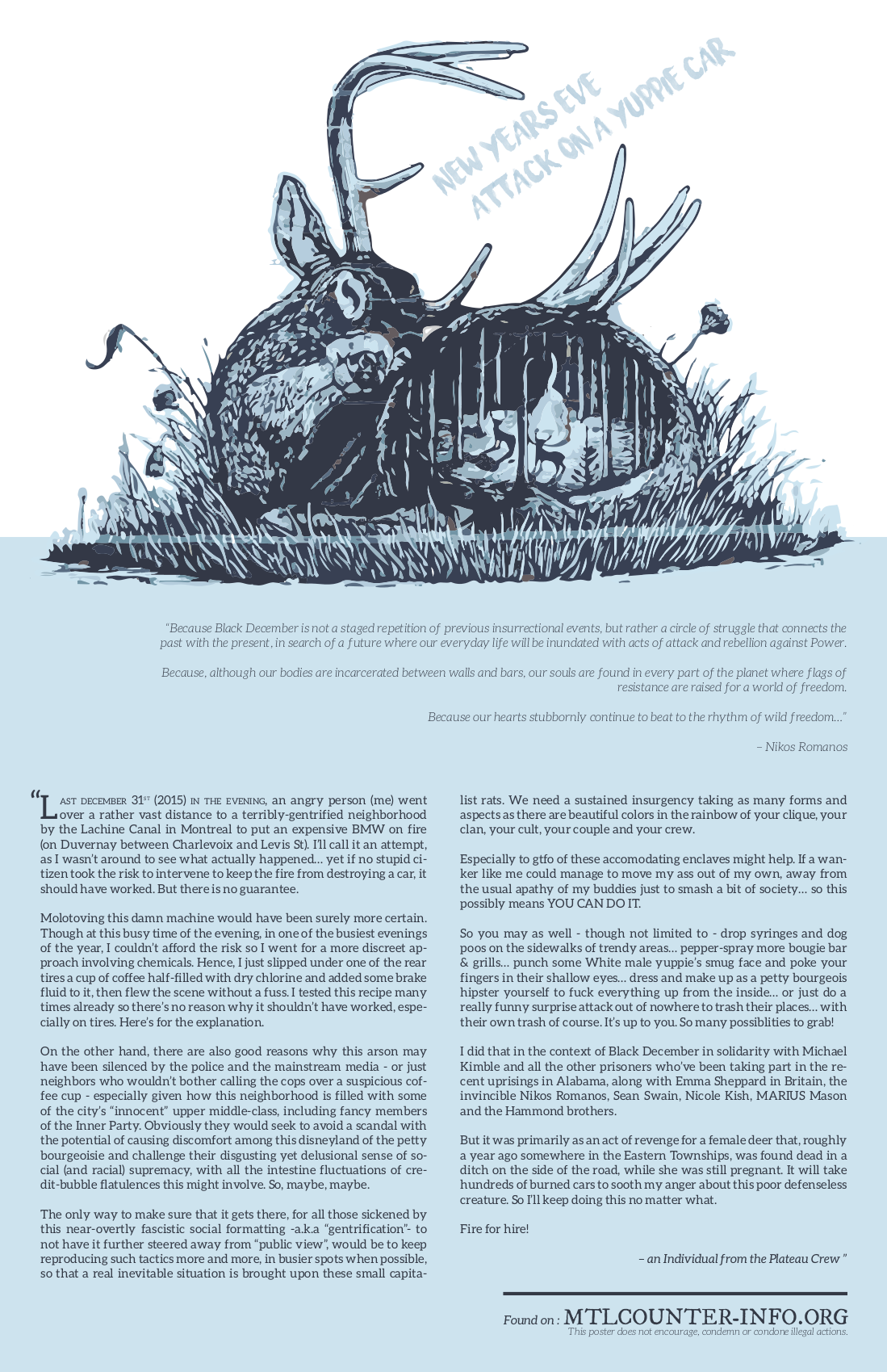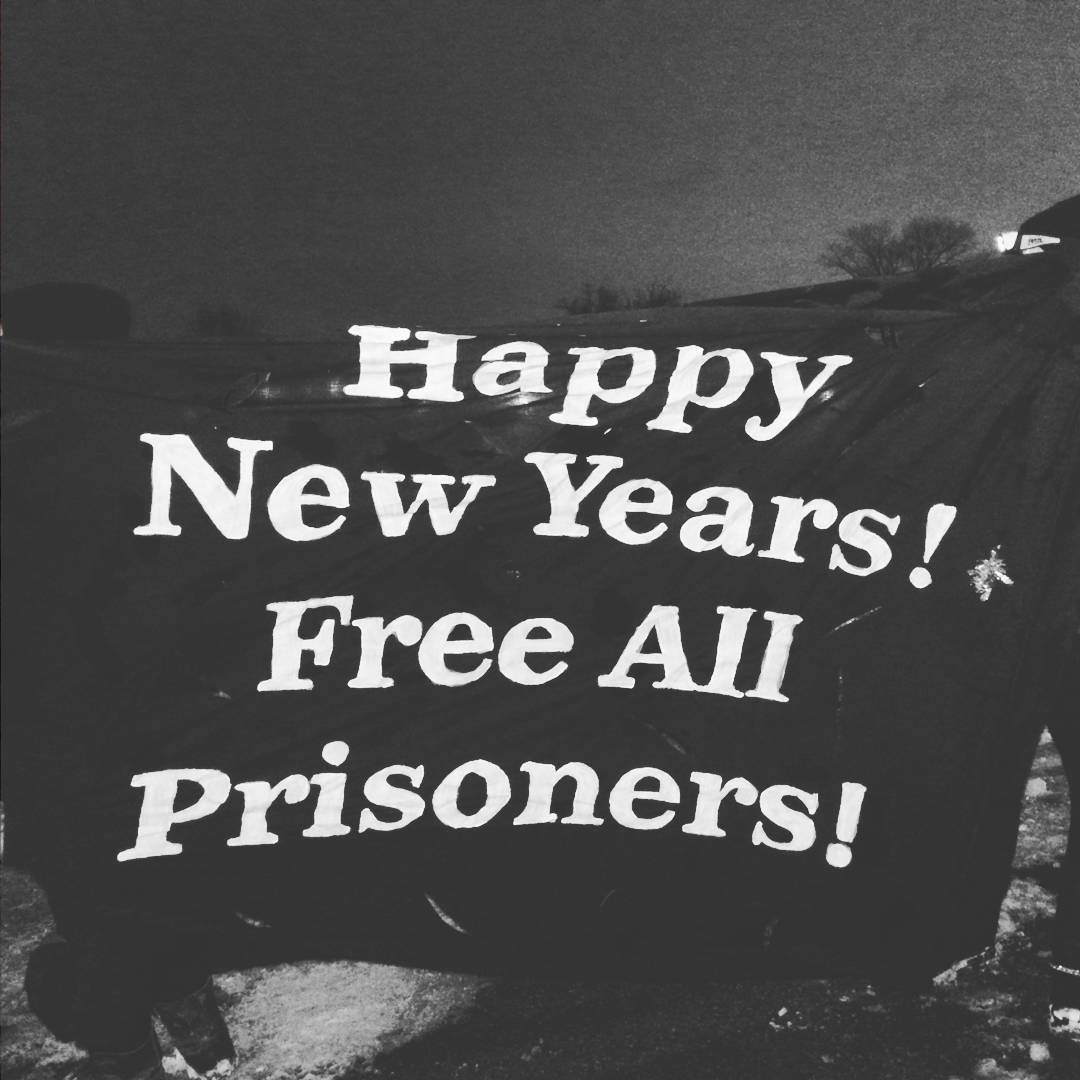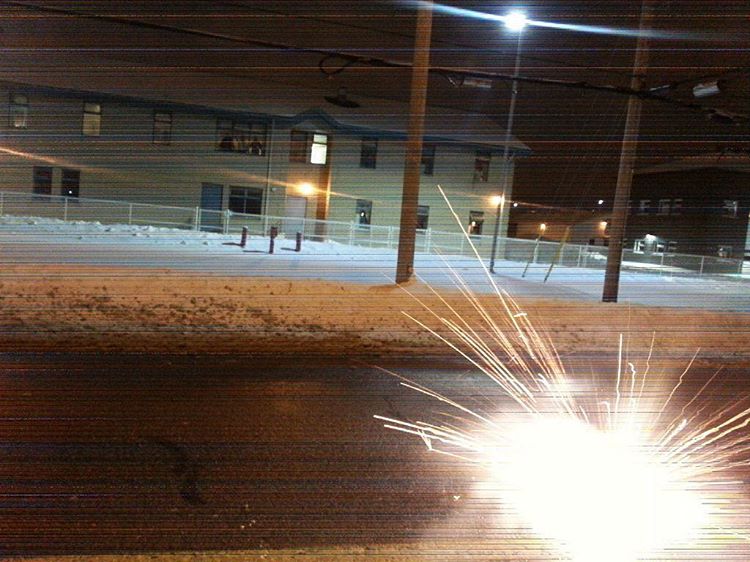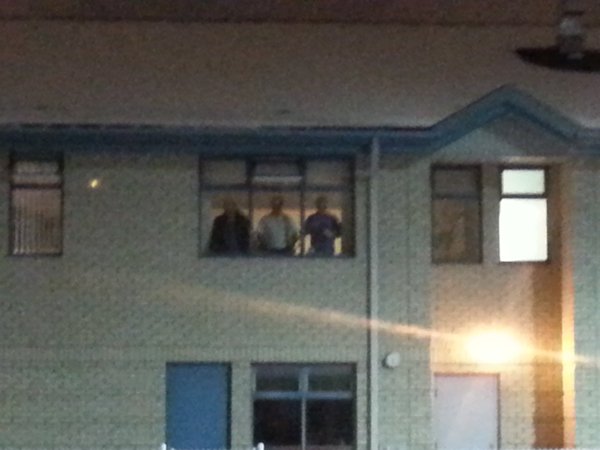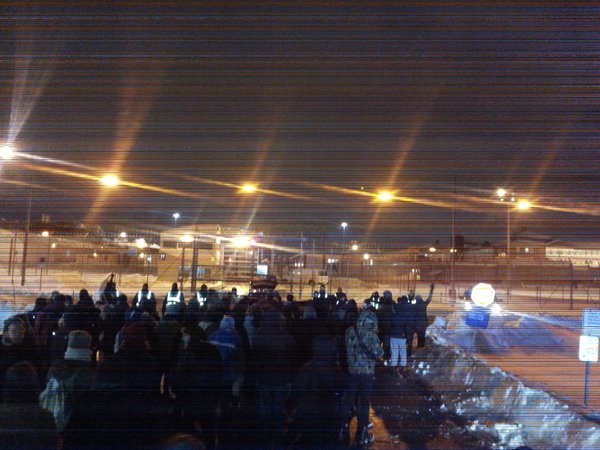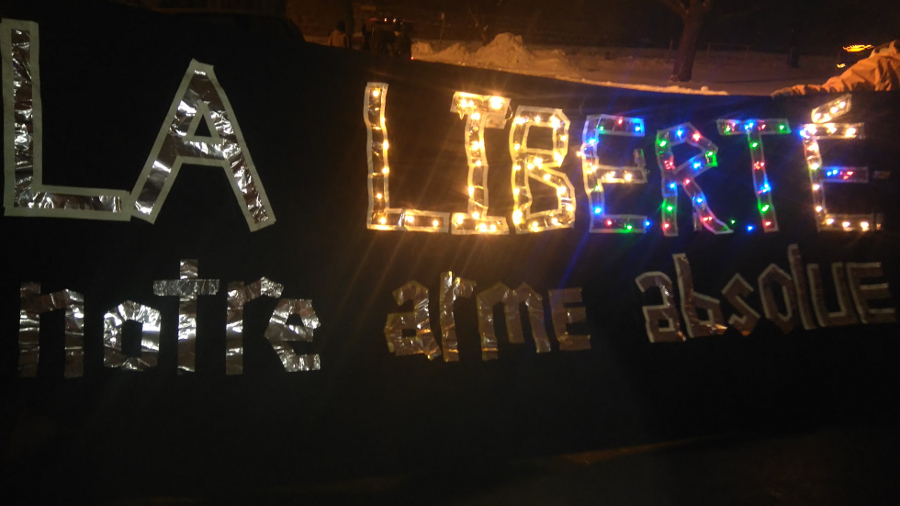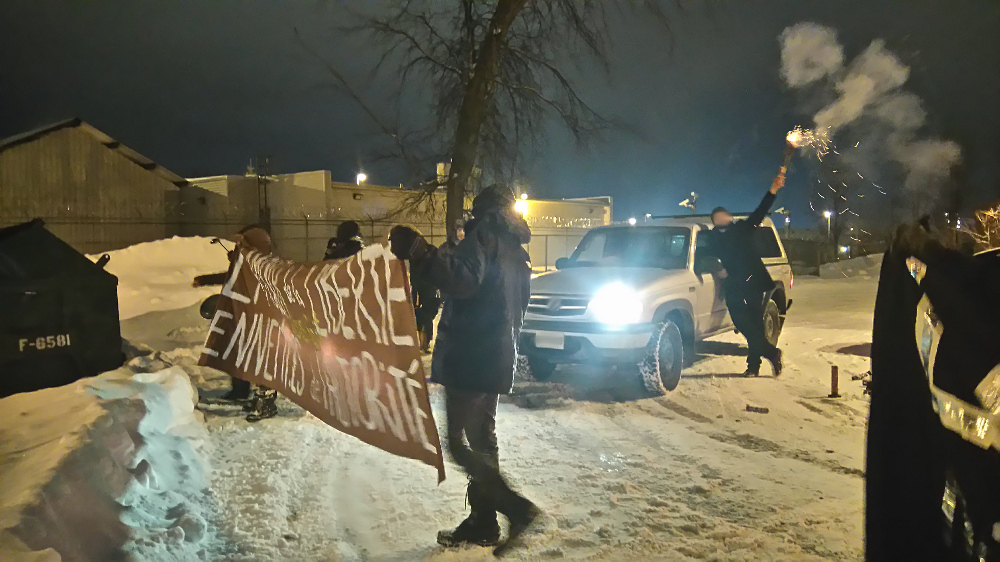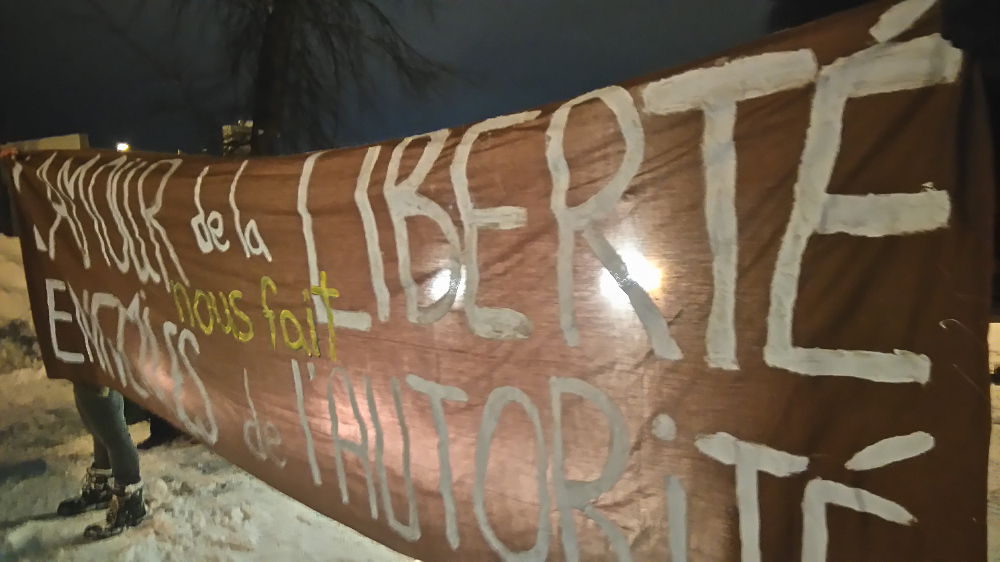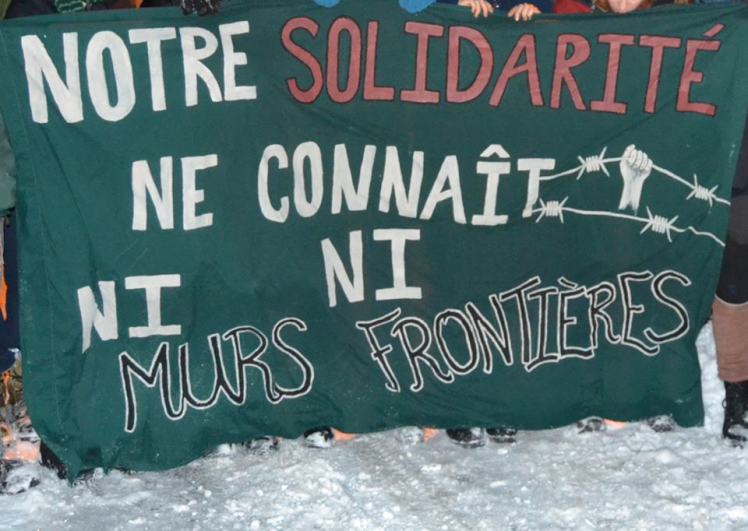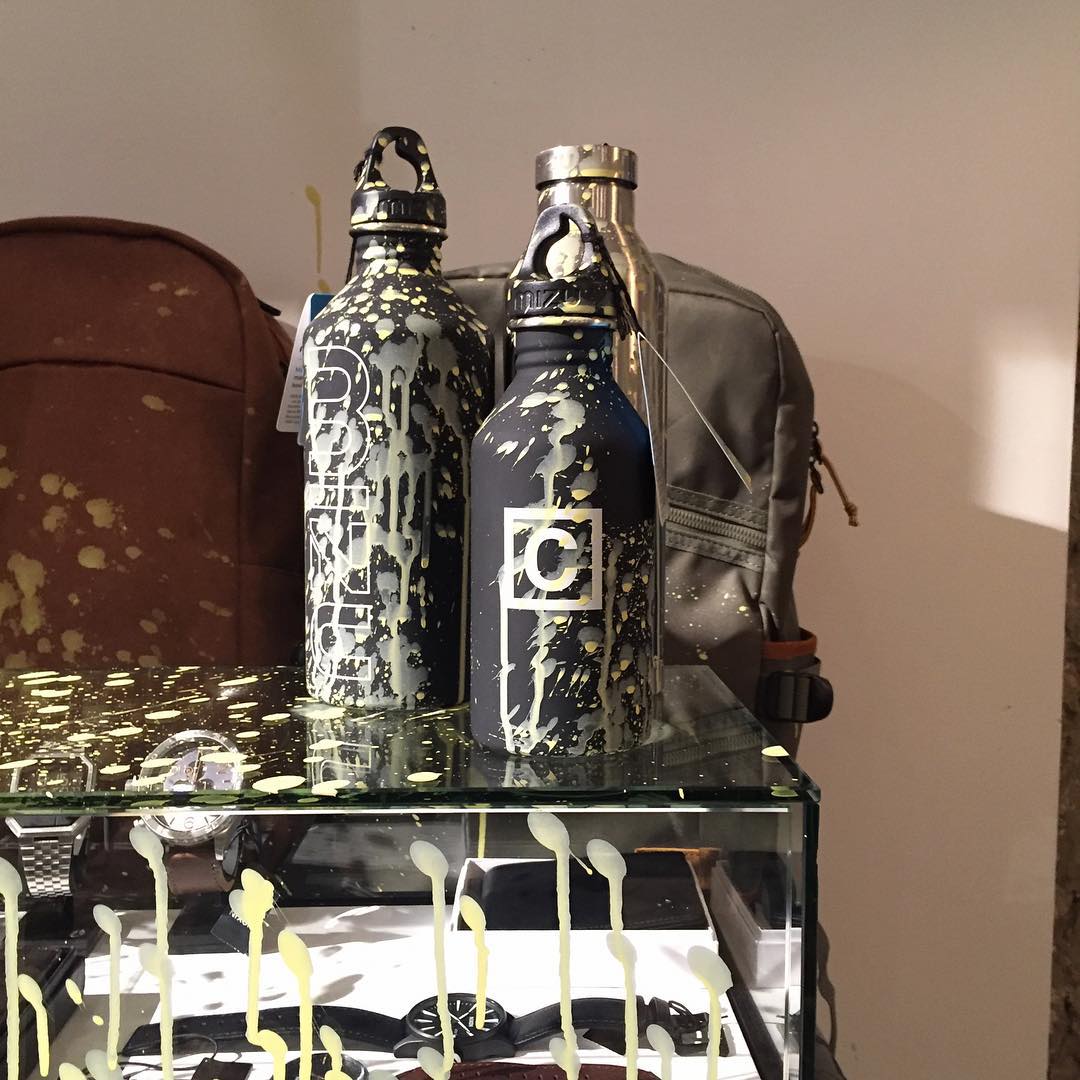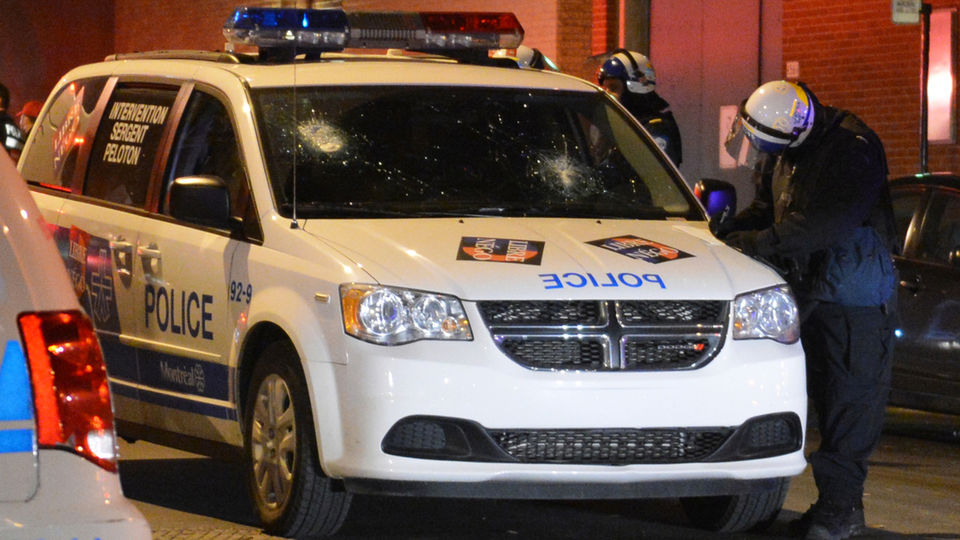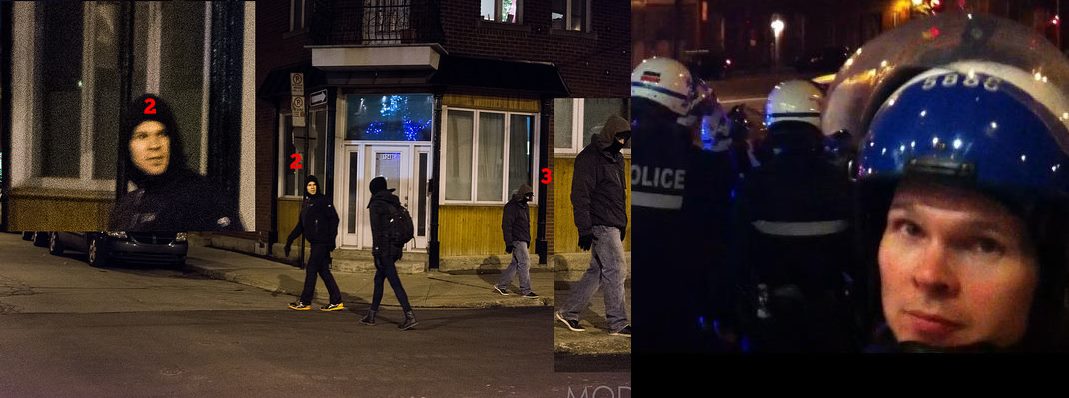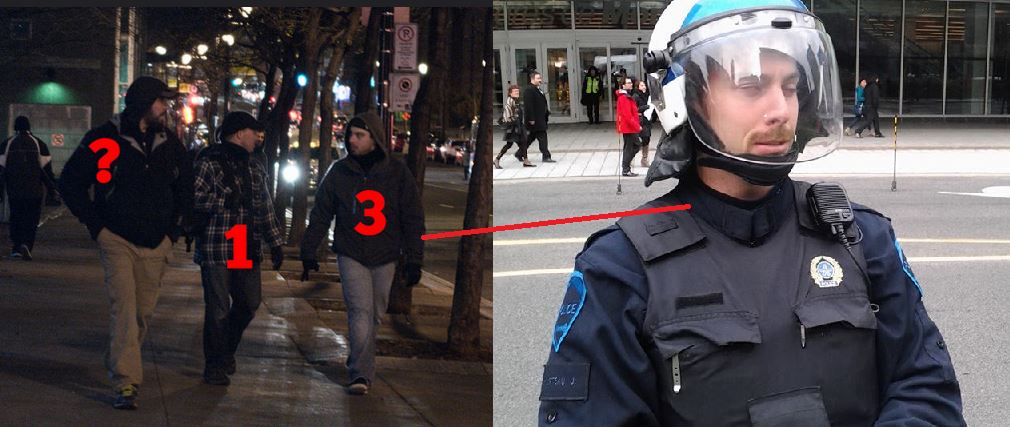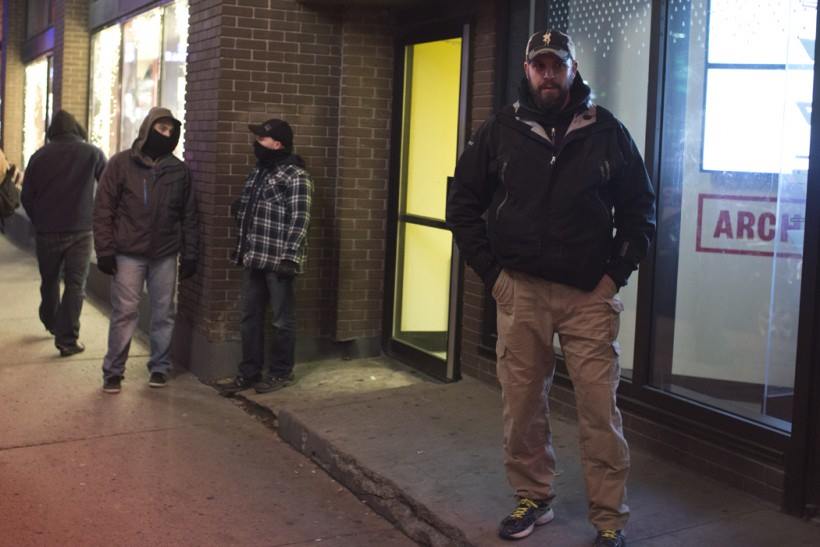New Year’s Eve attack on a yuppie car
Illustration from MAZATL
Enbridge valve and pipeline sabotaged
Illustration from MAZATL
New Year’s Eve attack on a yuppie car in Montreal
 Anonymous submission to MTL Counter-info
Anonymous submission to MTL Counter-info
“Because Black December is not a staged repetition of previous insurrectional events, but rather a circle of struggle that connects the past with the present, in search of a future where our everyday life will be inundated with acts of attack and rebellion against Power.
Because, although our bodies are incarcerated between walls and bars, our souls are found in every part of the planet where flags of resistance are raised for a world of freedom.
Because our hearts stubbornly continue to beat to the rhythm of wild freedom…”
– Nikos Romanos
Last December 31st in the evening, an angry person (me) went over a rather vast distance to a terribly-gentrified neighborhood by the Lachine Canal in Montreal to put an expensive BMW on fire (on Duvernay between Charlevoix and Levis St). I’ll call it an attempt, as I wasn’t around to see what actually happened… yet if no stupid citizen took the risk to intervene to keep the fire from destroying a car, it should have worked. But there is no guarantee.
Molotoving this damn machine would have been surely more certain. Though at this busy time of the evening, in one of the busiest evenings of the year, I couldn’t afford the risk so I went for a more discreet approach involving chemicals. Hence, I just slipped under one of the rear tires a cup of coffee half-filled with dry chlorine and added some brake fluid to it, then flew the scene without a fuss. I tested this recipe many times already so there’s no reason why it shouldn’t have worked, especially on tires. Here’s for the explanation.
On the other hand, there are also good reasons why this arson may have been silenced by the police and the mainstream media -or just neighbors who wouldn’t bother calling the cops over a suspicious coffee cup- especially given how this neighborhood is filled with some of the city’s “innocent” upper middle-class, including fancy members of the Inner Party. Obviously they would seek to avoid a scandal with the potential of causing discomfort among this disneyland of the petty bourgeoisie and challenge their disgusting yet delusional sense of social (and racial) supremacy, with all the intestine fluctuations of credit-bubble flatulences this might involve. So, maybe maybe.
The only way to make sure that it gets there, for all those sickened by this near-overtly fascistic social formatting -a.k.a “gentrification”- to not have it further steered away from “public view”, would be to keep reproducing such tactics more and more, in busier spots when possible, so that a real inevitable situation is brought upon these small capitalist rats. We need a sustained insurgency taking as many forms and aspects as there are beautiful colors in the rainbow of your clique, your clan, your cult, your couple and your crew.
Especially to gtfo of these accomodating enclaves might help. If a wanker like me could manage to move my ass out of my own, away from the usual apathy of my buddies just to smash a bit of society… so this possibly means YOU CAN DO IT.
So you may as well -though not limited to- drop syringes and dog poos on the sidewalks of trendy areas… pepper-spray more bougie bar & grills… punch some White male yuppie’s smug face and poke your fingers in their shallow eyes… dress and make up as a petty bourgeois hipster yourself to fuck everything up from the inside… or just do a really funny surprise attack out of nowhere to trash their places… with their own trash of course. It’s up to you. So many possiblities to grab!
I did that in the context of Black December in solidarity with Michael Kimble and all the other prisoners who’ve been taking part in the recent uprisings in Alabama, along with Emma Sheppard in Britain, the invincible Nikos Romanos, Sean Swain, Nicole Kish, MARIUS Mason and the Hammond brothers.
But it was primarily as an act of revenge for a female deer that, roughly a year ago somewhere in the Eastern Townships, was found dead in a ditch on the side of the road, while she was still pregnant. (picture of her attached) It will take hundreds of burned cars to sooth my anger about this poor defenseless creature. So I’ll keep doing this no matter what.
Fire for hire!
– an Individual from the Plateau Crew
P.S.: praises to the few in Quebec who managed to make New Year’s Eve noise demos in front of at least three prisons outside of Montreal. Let’s keep spreadin’ this shit broad and wide!
Enbridge valve and pipeline sabotaged
Anonymous submission to MTL Counter-info
What better way to start a new year than by shutting down some fucking oil pipelines?
Sometime in the night of January 3rd, 2016 individuals stole into the dark near so-called Cambridge and used a manual pipeline valve to restrict the flow of Enbridge’s Line 7. We then applied our own locking devices to delay response time.
Line 7 is another recently-expanded tarsands pipeline operated by Enbridge, running parallel to Line 9 & flowing 180,000 bpd of tarsands crude.
This action was undertaken to show our ever lasting love and support to the brave folks who’ve taken similar actions in the traditional territories of the Huron-Wendat, Mohawk, and Anishinaabek people.
Further, we take action to counter the new narrative of the state; to swing back at the grossly inflated charges those in Sarnia received, and show that we will not be cowed.
We fight for the land and water; and we fight for our lives.
We will always fight back, whether it’s with the sun warming our faces, or the moonlight to guide us.
Join us.
No tarsands, no pipelines.
Fireworks outside of prisons in Laval
On New Years Eve, over 100 people gathered for a noise demonstration at the prisons outside of Montreal in Laval; the Immigration Detention Center, the Federal Training Center minimum facility, and Leclerc prison. Banners read : Happy New Year, Free All Prisoners and Our passion for freedom is stronger than prison.
At the Immigration Detention Center, we were not able to make visual contact with people inside but know from previous years that fireworks and chants can be heard across the walls. Police following the demonstration on foot had their video camera obscured by banners, and demonstrators walked in their path to disrupt their line. At Leclerc and the Federal Training Center, prisoners could be seen flashing their lights on and off, waving and shouting through the windows. An abundance of fireworks were shot off at each prison, and statements were read over a sound-system against prisons and their relation to systems of colonialism, white supremacy and capitalism. Words of support and solidarity with prisoners were communicated in French, Spanish, and English.
We’re stoked that three noise demonstrations took place in Quebec this New Year’s Eve. We hope that this tradition can serve as a moment to welcome a year of continual and multiform struggle against the prison system, and the people, institutions, and infrastructures that maintain it.
Excerpt from the callout:
“…We want to celebrate resistance inside prisons. In April 2015, more than 70 mothers in the Karnes County Detention Center in Texas went on strike. The migrant women launched a hunger strike demanding their own release while they pursue asylum claims in the u.s. In August, prisoners in long-term solitary confinement in California won a federal class action lawsuit effectively ending indefinite long-term solitary confinement. In October, Amazon, an anarchist transwoman who is currently imprisoned in California, went on hunger strike demanding that she be transferred to a prison for women. In Lindsay, Ontario, detainees held by CBSA in the Central East Correctional Centre have been on strike for two years demanding an end to immigration detention. These are just a few examples of prisoner resistance that happened in the last year. We stand in solidarity with those struggling against prison walls from the inside.
Prisons were created to isolate people from their communities. Noise demonstrations at prisons are a material way to fight against repression and isolation. We want to extend a message of solidarity to folks inside, and wish them a happy new year. Although, a truly happy new year would be one without prisons and the world that needs them…”
New Years Eve fireworks at prison for women in Joliette
From La Solide – Anti-répression Montréal
On the evening of December 31, we went to the federal prison for women in Joliette in the region of Lanaudière (the only prison for women with sentences that exceed two years in so-called Québec). We held two banners: L'(A)MOUR POUR LA LIBERTÉ NOUS FAIT ENNEMI.ES DE L’AUTORITÉ (The p(A)ssion for freedom makes us enemies of authority) and LA LIBERTÉ EST NOTRE ARME ABSOLUE (freedom is our absolute weapon). We shot some fireworks, and were able to communicate with the incarcerated women and shout our solidarity. Several of them could leave their units (little houses in the prison yard), or went to the windows. This demo was a first of its kind at this prison.
Solidarity with all prisoners in struggle
Until we are all free
FOR THE DESTRUCTION OF ALL PRISONS AND THE WORLD THAT NEED THEM
Action in solidarity with those incarcerated at Rimouski prison
From toutedetentionestpolitique
On the night of December 31, a noise-demo took place in front of the prison of Rimouski. Around ten people gathered with pots and fireworks for the occasion. The security guard blocked us from access as soon as we began, and three cop cars rapidly arrived, asking us to leave the prison property. We continued the action regardless, reading the manifesto of prisoners against austerity and focusing on the situation in Rimouski.
If people are in contact with prisoners at Rimouski who could speak to their daily situation, it is possible to contact us to relay the information and enrich the dialogue.
**********************************************************
The prison of Rimouski is one of the worst in terms of overpopulation in Quebec, with a rate reaching 130-135% in 2013. I’ll let you imagine the situation two years later, with the same austerity measures imposed by the liberal government. Prisoners are stuffed in, sleeping on the ground or are two to a cell made for one person.
During 2013, three prisoners were subjected to illegal detention, and were released late due to errors in documentation or in the calculation of their sentence. In the same period, two suicide attempts took place. In addition, of note is the rise in people experiencing mental health issues which are directed towards the prison establishment of Rimouski, despite the blatant lack of doctors or adapted care. As the living conditions become increasingly unbearable, the tension between prisoners can only worsen. It’s time that this changes.
We want to support the struggles of those inside prisons across Quebec, and assist prisoners to have their voice heard across the walls!
As the majority of prisoners are locked up for crimes related to their living conditions, we maintain that every incarceration is political!
Solidarity with incarcerated people
Attack on yuppie clothing boutique in St-Henri
Anonymous submission to MTL Counter-info
In the early morning of Tuesday, December 22, we used chunks of porcelain to break a window of the yuppie clothing boutique at the corner of Notre-Dame and Delinelle in the Montreal neighborhood of St-Henri. We then used a re-purposed fire extinguisher to spray the interior of the store with vomit-colored paint, wrecking the merchandise inside.
Businesses like this one make the neighborhood more appealing to rich people, driving up rents and the cost of living, forcing people out of their homes, and drawing heightened social control to the places we live.
This action was in response to the call for a Black December. We chose this target because of all the obvious ways in which gentrifiers fuck with poor and rebellious people, and also in refusal of local politicians’ Leftist discourse of mixité. We won’t live peacefully alongside the individuals and businesses that are putting cops and security cameras on every corner and intensifying the power of bosses and landlords over our lives.
We invite others to step up attacks against the concrete forms that capital and social control take in their surroundings.
Don’t need a strike to revolt against the State: report-back from the December 18th night demo
On the night of Friday, December 18, around 150 people gathered in downtown Montreal for a night demonstration. It was the third in a sequence that began on November 30 and continued December 9, the latter constituting potentially the most successful combative demonstration in Montreal since the student strike of 2012. December 18 was hyped as a chance to take the combativeness and courage that allowed us to create so much time and space for ourselves on the 9th even further.
The callout read : The night belongs to us. The youth say fuck the government, the rich, and the fascists, without forgetting the cops. The struggle is only just beginning, there’s no need for a strike to revolt against the State. This demo will also be in solidarity with the comrades imprisoned in Greece and for a Black December. Against the violence of the State, we will be the reply. Love and Rage.
The excitement discreetly coursing through the city and the fine-tuning of plans throughout the week set high expectations for many of us. The crowd that gathered in Berri Square, though not as numerous as some had hoped, did not seem unprepared to meet them.
This night, however, largely belonged to the police. Despite being attacked with rocks and flares in a final standoff on Ste Catherine, they were allowed to control the route of the demo at every key intersection and eventually funnel it into an area where the geography made it easier for police to disperse the crowd using tear gas and riot-cop charges. As the crowd was chased eastward on Ste-Catherine, the windows of Laurentian Bank, gentrifying businesses in the Gay Village, and at least one police vehicle were smashed, but the desperate quality of this destruction was a far cry from the joyful rampage down René-Lévesque a week earlier.
.
Unfortunately, the most memorable aspect of this night might be the presence of undercover cops of the Service de police de la Ville de Montréal (SPVM), some sporting their interpretation of black bloc attire. Undercover cops responded viciously when outed by participants in the demo; in various instances,they beat, arrested, pepper sprayed, and even pulled a gun on individuals or groups who attempted to expose or confront them. It’s been a while since the cops have made such a brazen attempt to infiltrate a demo in Montreal, and we see it as a direct response to the popularity and effectiveness of black bloc tactics on December 9. By sending such easy-to-spot undercovers into combative demos to attack protesters, the SPVM makes its goal (beyond injuring and terrorizing its enemies) clear enough: to generate distrust of others who mask up in order to defend themselves against repression.
The police hope that people will equate those who conceal their identities with agents provocateurs, creating a climate that discourages people from adopting black bloc tactics and therefore facilitates the police’s control over the situation. Within hours of the dispersal of the demo, images and accounts of the infiltrators began to go viral on social media; some peaceful-protester-types were already playing the cops’ game by publicly arguing that attacks on police which were carried out by anarchists on December 18 were in fact the work of the undercovers, who (according to this their logic) would have endangered fellow cops in order to blend in or justify police counter-attacks.
The threat of undercovers in demos isn’t new, and we think the best ways of countering it remain the same. We benefit from large and well-executed black blocs, in which people are as indistinguishable from one another as possible so that undercovers are less able to keep track of everything that’s going on or gather valuable evidence against any one participant. The bloc and the entire crowd should stay relatively tight, to make it harder for undercovers to carry out targeted arrests by attacking someone and dragging them away from the crowd. When demonstrators are able to identify undercovers with certainty, they should be forcefully ejected such that their employers are deterred from repeating the mistake of sending them in. Let’s remember the March 15th demo in 2010 where the black bloc chased similarly-dressed undercovers out with rocks, sticks and fireworks. Following this, the police abstained from using infiltrators for a while.
While people were rightly shaken by this incident, we also want to reflect on the demo as a whole. We remain encouraged by how we’ve materialized a spirit of revolt over the last three weeks, but we think Friday could have been so much more, and, without announcing tactical adaptations in a public report-back, we want to offer a few thoughts on why we were so vulnerable to police interventions.
While participants were masking up in the first blocks of the route, live-streaming cameras were yet again filming from every direction. An analysis from a report back on the 9th bears repeating; “Ideally, we’d have a culture of explaining to people how this is harmful, and then proceeding to take action against them or their recording devices if necessary. We should note, however, that several independent media initiatives who regularly film at demos appear to have solid practices of not recording or publishing incriminating video.” We would add that regardless of editing practices, filming should be not considered acceptable in the first fifteen minutes of a demonstration (while everyone is masking up), as it feeds police valuable evidence.
Our position weakened each time we let the police dictate our route by blocking off two out of four directions in an intersection, but there was no major effort by any part of the demo to either bring the crowd to a stop and confront the police lines in hope of punching through, or reverse course (like on December 9 when a quick, well-executed reversal allowed us to evade police control). In the past, we’ve been guilty of expecting such decision-making to come from presumed organizers at the front of the demo, but there is also a strong night-demo culture of autonomous groups proposing plans that get put into action if enough people are into them. In the absence of this autonomous intelligence and with the front of the demo proceeding at full speed past police lines, each block we passed felt like we were sinking deeper into a police trap. Historically, through a variety of methods, we ended mass kettling as well as the flanking sidewalk cops; our most urgent tactical need right now is probably to make it impossible for the police to decide the route of the demo by cordoning off streets at their leisure.
The cohesiveness of the bloc and its resulting capacity for coordination also left something to be desired. Dozens of people were in full bloc, with perhaps fifty more at least wearing masks, but we were often scattered throughout the crowd. On the 18th, the lack of cohesion made informal, real-time coordination between affinity groups more difficult, and the bloc’s actions largely failed to build on one another and create a whole greater than the sum of its parts. For instance, on several occasions cop lines were met with a volley of only two to three rocks – not enough to break the resolve of a cop in full riot gear. A barrage of thirty rocks, on the other hand, could realistically cause them to retreat or take cover, potentially opening up space for the demo to break away into more favorable terrain. The bloc being able to recognize itself as a cohesive unit and act as one could enable this type of coordination.
We continue to need better ways of dealing with tear gas, which for the third night demo in a row succeeded in dispersing the crowd.
We are thrilled that we can have combative anarchist demonstrations that don’t need to piggyback on student mobilizations and which can exist outside the scheduled times for street fighting, such as March 15th and May Day. When combative demos only occur in the course of reformist mass struggles they are framed as useful only insofar as riots strengthen our rapport of force with the State, increasing the likelihood of the State meeting the movement’s demands (against austerity, police violence, etc). Combative demonstrations without demands put an anarchist analysis of power into practice: by refusing to frame our struggles in terms of demands, we refuse the crumbs which the State offers us, we refuse their attempts to reassert control and legitimacy, and we learn to create our own power, which is much harder for them to take away. To develop our power, to develop an autonomous anarchist struggle in this city and to undertake conflict with authority outside of predesignated timelines, narratives and terrains – these are worthy goals in and of themselves.
The frequent manif-actions during the strike habituated us to demo-actions of a few hundred people making blockades and occupations possible. Combative demonstrations open up a new possibility of direct action with the capacity to directly strike urban targets otherwise difficult to attack (transportation infrastructure, police stations, etc…) or to defend liberated territories (ZAD, squats, etc…). Developing a habit of calling for demonstrations like those in the last weeks allows anarchists to have autonomy from reformist social movements. It is necessary to call these demos to punctuate daily life with this destructive rage, whether it be to give force to anarchist events, or in direct response to attacks on our struggles.
Further resources countering the agent provocateur narrative:
In defense of the Black Bloc: disproving the accusations against those who wear masks
Photographs of suspected undercovers :



